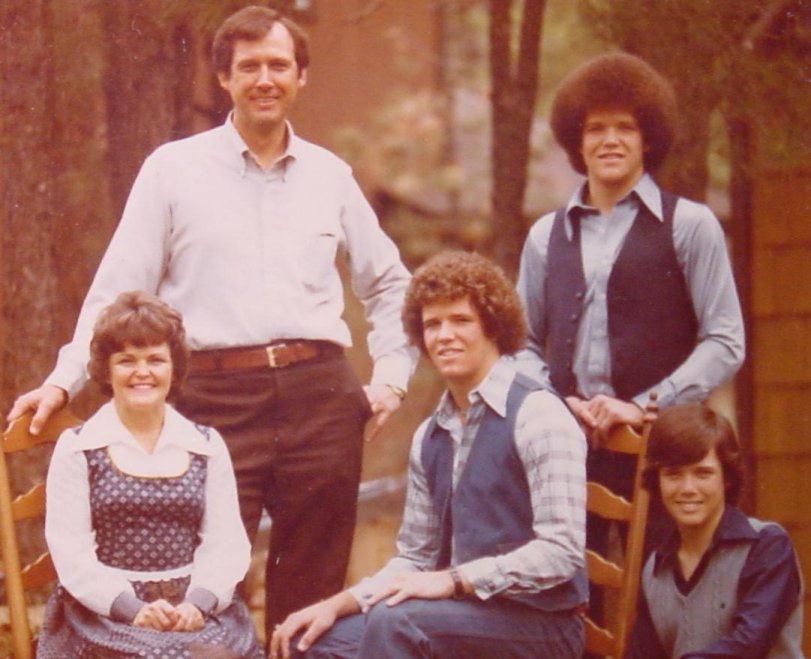
They are part – a surprising part – of Center City’s future: young, well-educated, affluent, eager participants in a renaissance that has swelled the downtown population 11 percent – to 88,000 – in just seven years.
They also represent one of the biggest challenges facing Philadelphia’s next mayor and City Council: Will they stay, or will they vote with their feet if the city cannot maintain momentum in revitalizing Center City and improving schools?
[…]
Philadelphia has historically been behind New York and Chicago among large cities with large residential populations. In Philadelphia’s case, however, statistical evidence is unclear about how much of Center City’s recent growth is made up of families with young children, in addition to empty-nesters, singles and childless couples. The U.S. Census was collected seven years ago, before most of the Center City boom.The Center City District, created 16 years ago to improve and maintain quality of life in Center City, has been trying to document the trend of families. It also has been working with the school district to improve and publicize Center City’s 13 elementary schools, encouraging parents with young children to consider public schools.
According to the Center City District’s 2006 report, the number of school-age children in Center City declined 50 percent from 1970 to 1990 and then increased 3 percent from 1990 to 2000. The report counted about 4,500 pupils enrolled in Center City’s elementary schools.
But two years ago, Center City District officials canvassed 37 preschools downtown. The results – capacity enrollments and long waiting lists – suggest a 43 percent increase in the number of downtown school-age children over the next five years.
INQUIRER: A Million Dollars?!? We’ll TAKE It!
